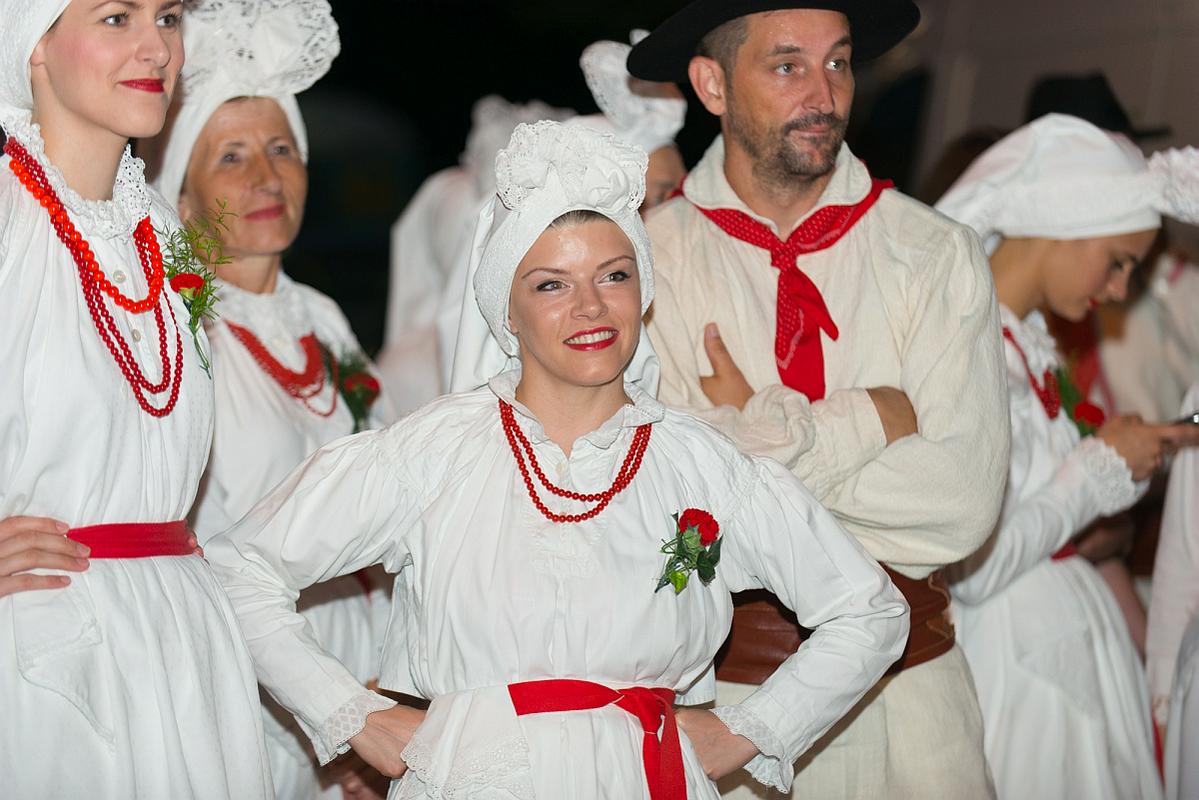
To mark the longest day of the year, four young women – known as “Kresnice,” from the Slovenian word for midsummer -- and a male “whistler” visit other houses in the village. When they arrive, they form a circle around symbolic plants arranged by the residents. According to tradition, the plants include goat's beard and eagle fern.
The women begin singing polyphonic songs of praise and well wishes, while the “whistler” accompanies their tune with a small flute. His music must remain continuous since any break in the sound could bring misfortune to the household. (Originally, the background accompaniment was supplied by bagpipers.) Special stanzas wishing for a wedding in the upcoming year are added for any unmarried members of the household.
The tradition originated in Pagan times, when it honored the Sun, but was then reinvented in the Christian era as a commemoration of St. John the Baptist and his martyrdom. While much of the celebration has remained unchanged, Christianity did introduce new elements to the day’s celebrations, such as the ceremonial sprinkling of holy water on fields to ensure a good harvest.
The tradition was widespread throughout the region of Bela Krajina, but it disappeared in many villages with the advent of modernization. However, it survives to this day in the villages of Adlešiči and Preloka overlooking the Kolpa River. Even in a part of Slovenia known for its ethnological treasures, the visit of “Kresnice” is a one-of-a-kind event – and a reminder of the ancient traditions that existed long before the Slavs converted to Christianity.

































































